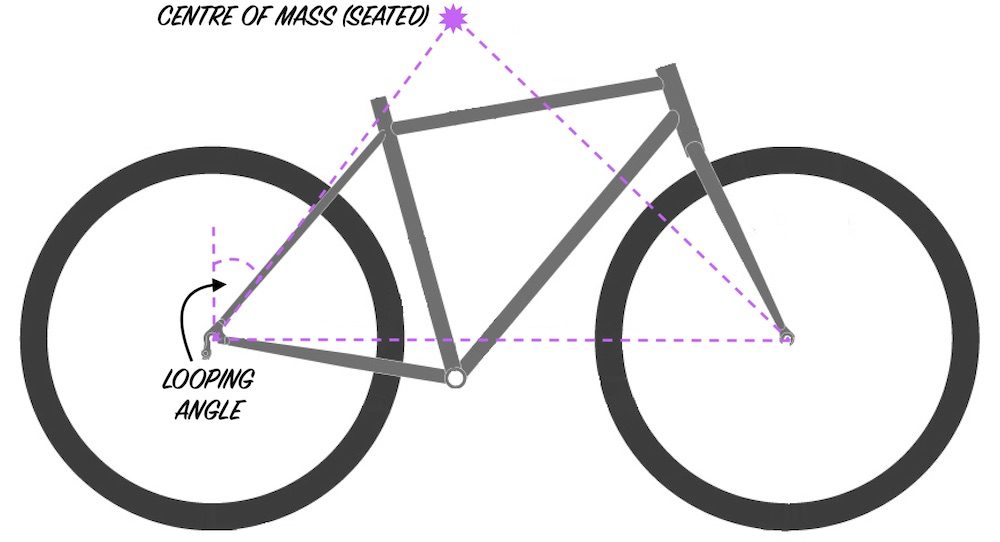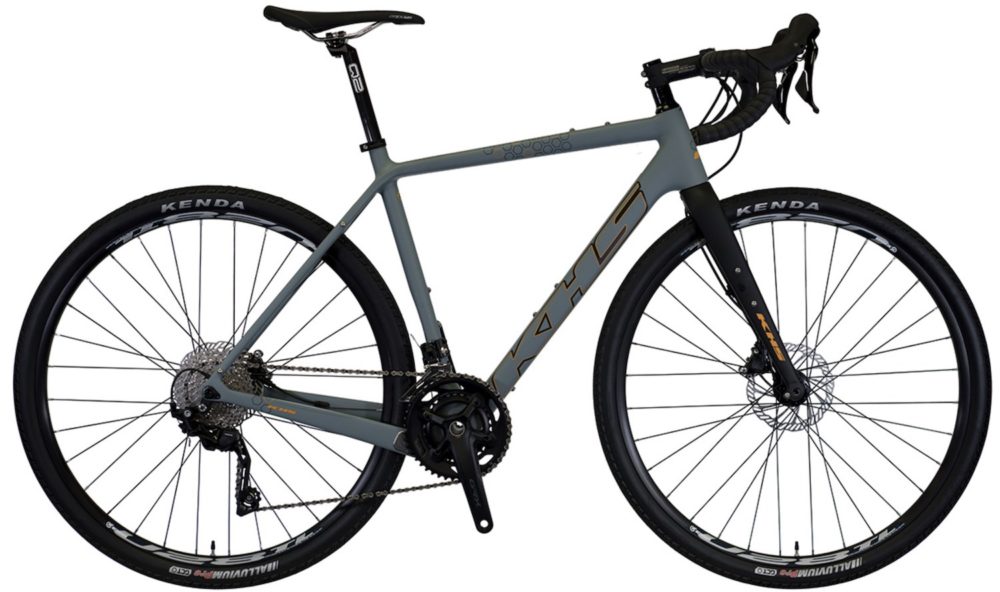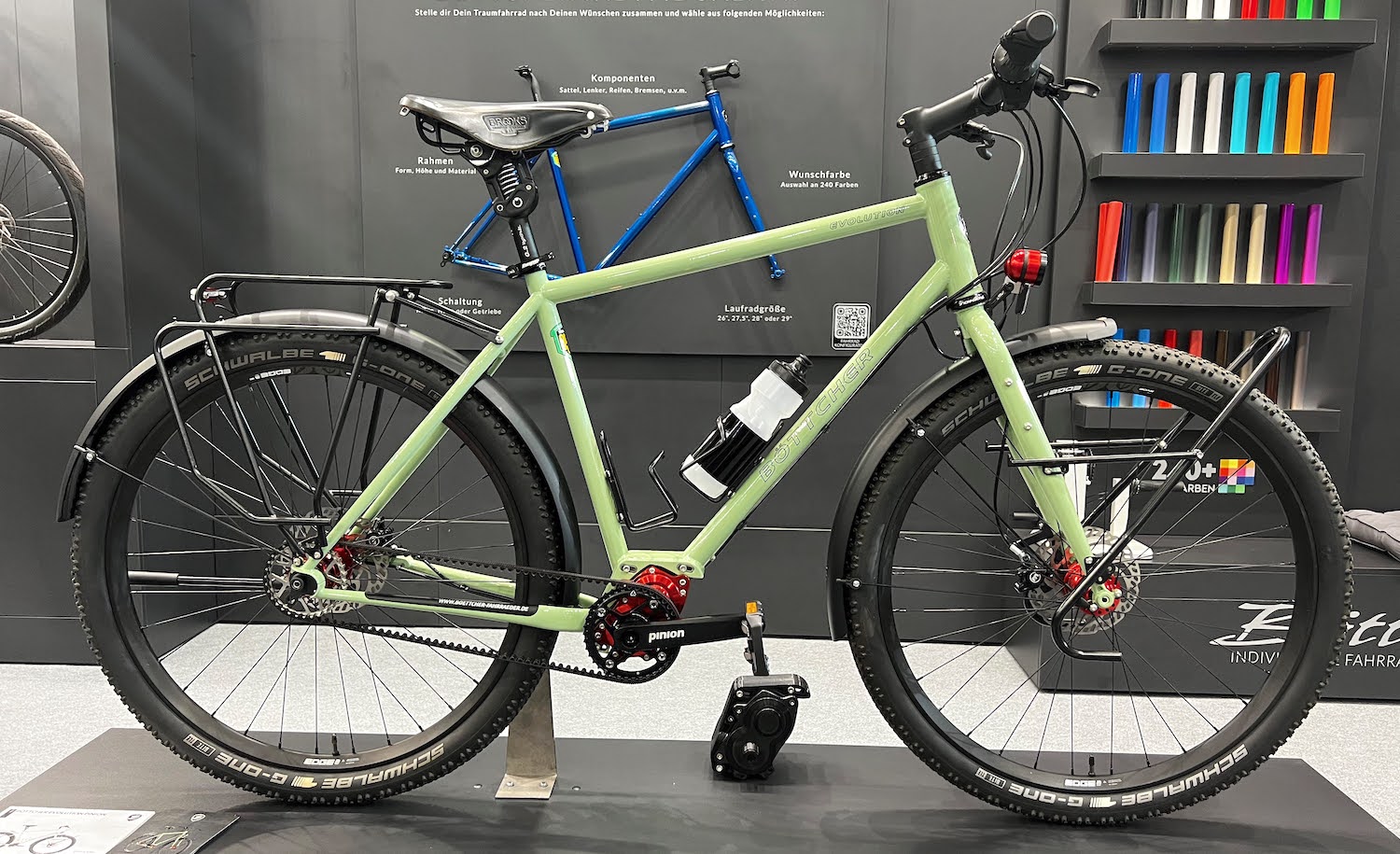Table of Contents
The recent popularity of bike travel is turbocharging bikepacking bike and gear innovation.
I’ve been working on a lot of long-form, highly-researched articles of late, which has meant I’ve had less time to highlight cool new bikepacking bikes… so today, let’s go back to the CyclingAbout roots.
Here are my handpicked bunch of recent bikepacking bike developments that you need to catch up on.
Fairlight Faran 2.0
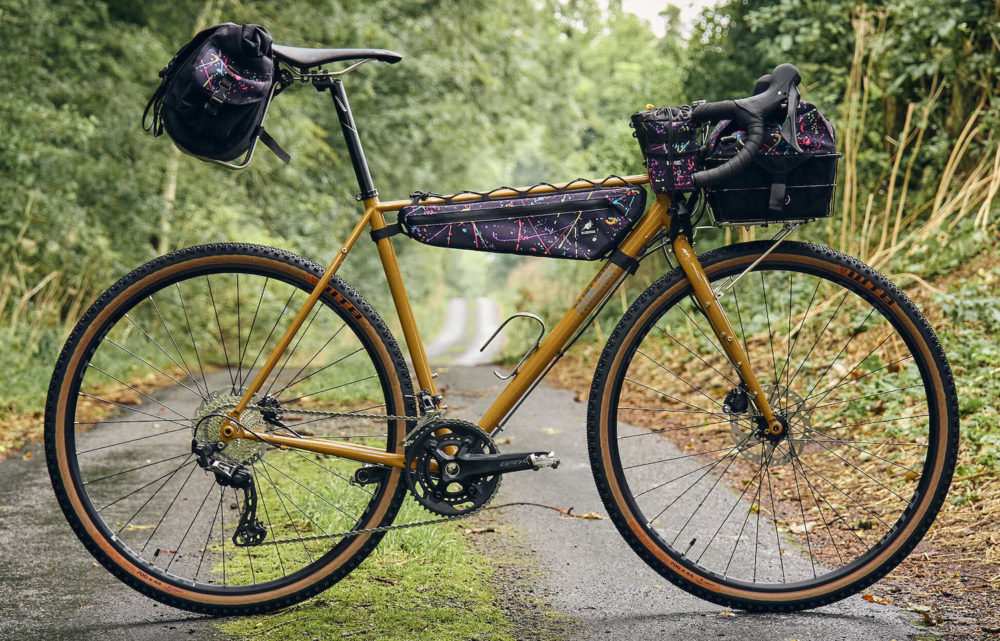
Fairlight has been making some killer bikes for a few years now, but it’s the Faran 2.0 that really piqued my interest.
I’m not even going to scratch the surface in terms of frame details here. Instead, you should refer to this 73-page document to see the Faran 2.0 in all its glory.
What I love about Fairlight is that they not only make their bikes in five different sizes, but they offer a ‘regular’ and ‘tall’ frame option in each size.
This essentially determines the height of your handlebars in relation to your saddle, allowing riders with strong core strength and high flexibility to set their bars lower for a ‘performance’ fit; those who want a ‘relaxed’ bike fit can set their bars higher.
These geometries can also be useful for riders who have long torsos and short legs (where a regular frame is best), or short torsos and long legs (where a tall frame is best).
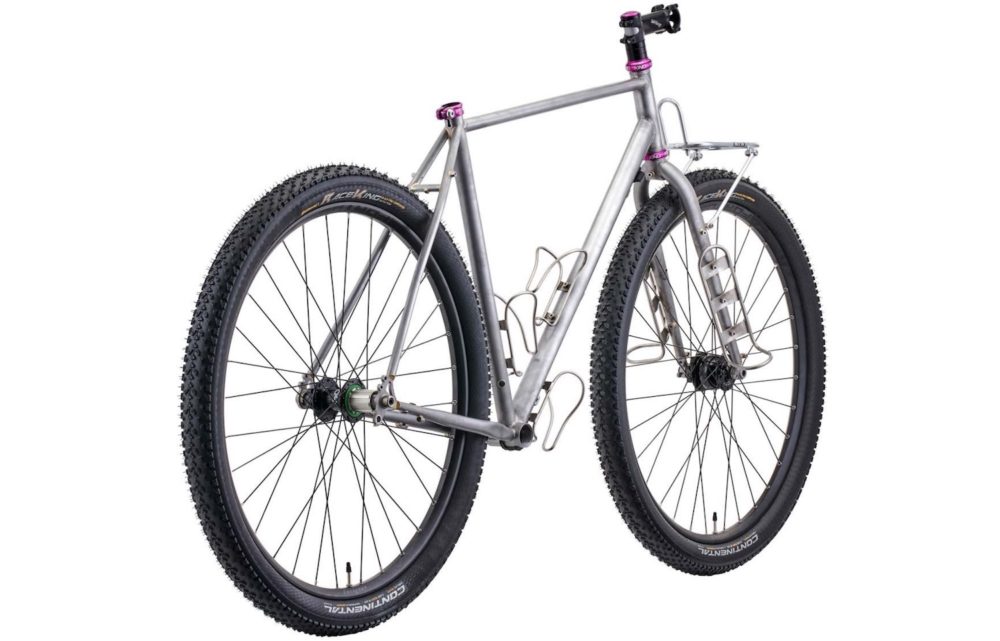
Onto the details. The top tube has been ovalized to provide the equivalent lateral stiffness of a bigger/heavier tube. This is a really neat touch that’s not found on many stock bikes, especially at the £899 price point (frameset).
The Faran 2.0 has some really neat modular cable guides that screw into the frame, allowing you to use the cable guides that suit your build. For example, you can mount the cable guides for both a front and rear derailleur (2X), just the rear derailleur (1X) or you can fit small plugs in lieu of the cable guides if you have Shimano Di2 wiring.
In addition, there is internal dynamo wiring up the fork (see page 36 of the Faran document), which enters the downtube (page 41) and pops out at the rear dropout for a rear dynamo light (page 43).
Otherwise, there are all the mounting points you need for racks, cargo cages and bidon cages.
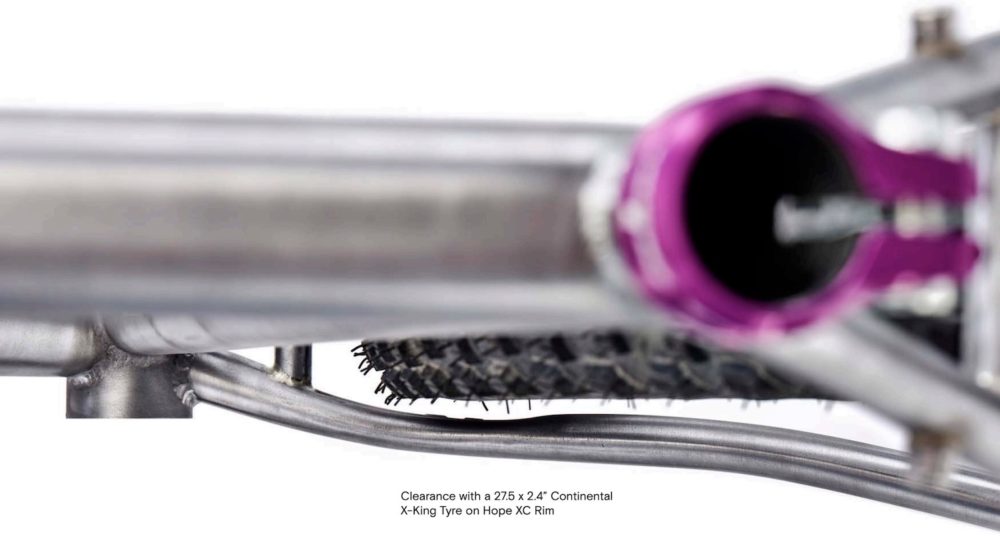
You can find ample tyre clearance on the Faran 2.0 – enough to fit 27.5 x 2.4” Continental X-King tyres on Hope XC rims. Or if you’re more of a smooth gravel rider, you have ample clearance for 700 x 45mm slicks.
The steering speed is particularly quick on this bike, which is mostly a function of the long 60mm fork offset. The idea behind having a quick steering frame geometry is that once you’ve put luggage on your fork, the weight of the luggage will slow the steering back down again, resulting in a bike that steers just like a regular gravel bike (without front luggage).
Low trail is a pretty sound way of designing front-loaded bikes, but keep in mind that the steering works out to be pretty twitchy when you don’t have any front luggage attached…
Read more about the Fairlight Faran 2.0 HERE.
Tumbleweed Prospector
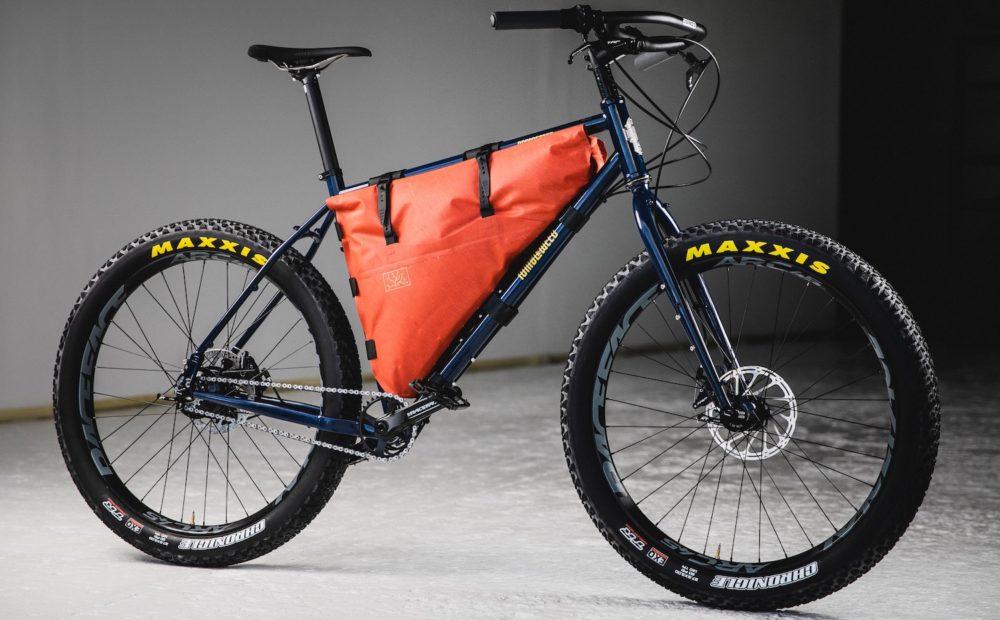
The latest Tumbleweed Prospector was unveiled about six months ago. I like this bike for a number of reasons…
Firstly, it’s built around the 14-speed Rohloff internal gear hub. If you’ve been around this website for a while, you’ll know that I think Rohloff hubs are the ultimate gear system for a touring/bikepacking bike.
Rohloff gears replicate the gear range of a normal derailleur drivetrain, so you won’t miss out on any high or low gear ratios. But the key difference is that the gears are hidden away, protected by the safe confines of a sealed aluminium hub shell, making everything extremely resilient against mud, grit, dust, snow and sand.
In addition, your gears will never skip, you’ll never need to buy a cassette again, the maintenance is minimal and there are almost no parts that are susceptible to external damage.
You can read my 16 reasons to use a Rohloff hub HERE.
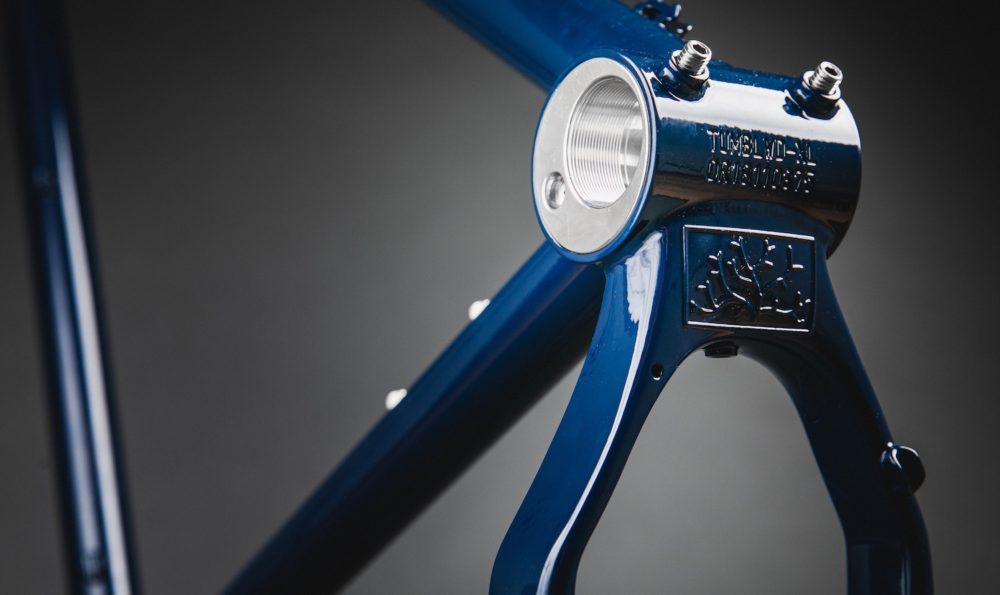
But Rohloff aside, the reason why I wanted to share this bike is the updated tyre clearance.
The Prospector will now squeeze in 27.5 x 3.8″ tyres, which bridges the gap between a plus-bike (~3.0″) and a fat-bike (~4.8″). The boost in tyre width simply gives you more options with where your Prospector can go, which is a good thing if you prefer the adventurous side of life.
27.5 x 3.8″ tyres are not as uncommon as you’d think. You can find them on mid-fat bikes like the Canyon Dude and Salsa Beargrease.
But what is uncommon is the fact that the Prospector is using a rather normal bottom bracket shell width (73mm), which will put your feet a normal distance apart compared to all other fat bikes (100mm wide shells are pretty standard on fat bikes).
Read more about the Tumbleweed Prospector HERE.
Salsa Timberjack
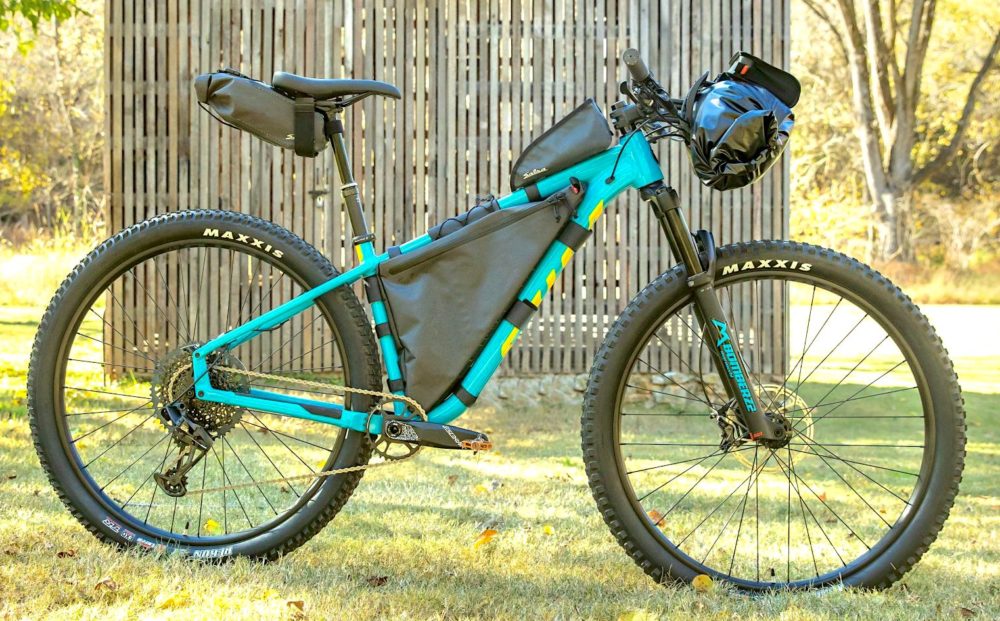
I’m a sucker for a good value, well-designed bike.
Salsa has just given the Timberjack an update, and it’s now a more capable and more fun mountain bike. Priced from just $1699, all Timberjack models get a 130mm travel suspension fork along with a size-appropriate dropper seatpost (200mm drop on XL bikes!), which will help you to confidently conquer more technical terrain.
There are four different build specifications to choose from, and each of these is available with either 27.5 x 3.0″ or 29 x 2.6″ tyres.
If you ride looser trails with lots of sand, snow or mud, you’ll undoubtedly benefit from the wider 27.5+ wheels. If your trails are smoother and more compact, or you’re heading out on long dirt roads, you’ll likely enjoy the faster-rolling, less-squirmy 29″ wheels.
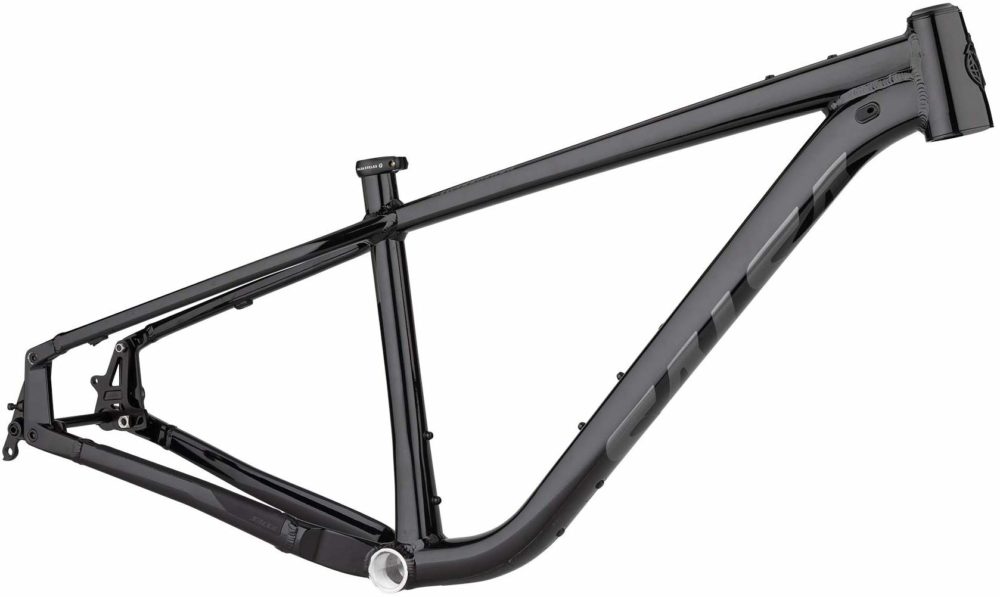
Inside the frame, there is full-length cable routing – a feature normally reserved on much more expensive bikes.
I like that the Timberjack has 17mm of chainstay length adjustability at the rear dropouts. This means you can run the chainstays shorter if you’re carving up singletrack trails, or longer if you’re out bikepacking and want some more stability out of your rig.
There is also a non-driveside dropout available that’s specifically designed to equip a Rohloff internal gear hub.
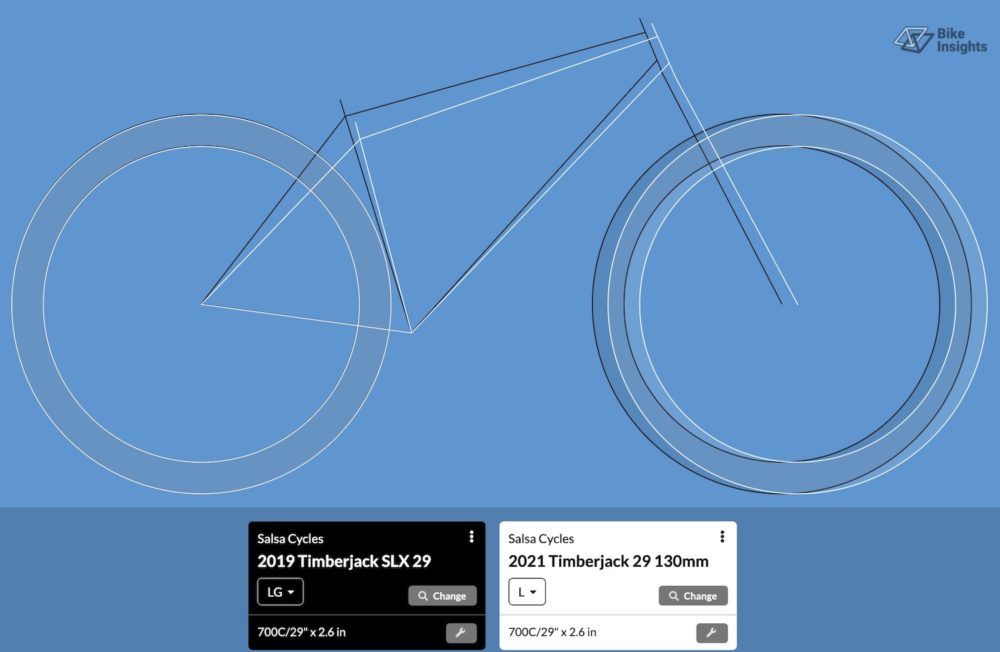
Diving into the geometry details, we can see the frame length has been increased at the front, which will give you more confidence when riding down steeper terrain (this is because the endo angle is larger).
Increasing the front centre of a bike shifts more of your body weight from the front tyre to the rear tyre, resulting in a bit less front end grip when you’re riding seated.
To accommodate for this change in front-to-rear weight distribution, Salsa has cleverly steepened the seat tube angle by 2-degrees to put bodyweight back on the front wheel, allowing the bike to have similar amounts of front grip as previously (perhaps even more).
You can get the Timberjack frame for $599, which could be the ticket to a rowdy custom bikepacking build. If the front suspension isn’t necessary for you, pair the Timberjack frame with a Bombtrack BPC or Trek 1120 rigid carbon fork for a lightweight frameset under $1000.
You can read more about the Salsa Timberjack HERE.
Curve Titanosaur 36er
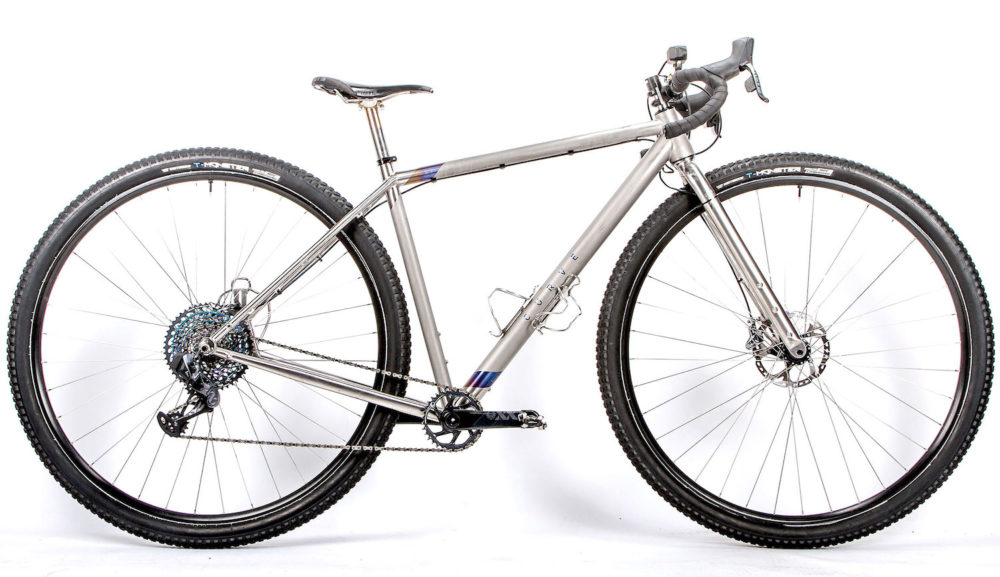
Yep, I added some weird 36″ bike into the mix.
This prototype titanium gravel bike is currently getting manhandled down in Australia. We have deeply corrugated roads in the remote parts of our country, which can go on for 5 or 10 days – without respite.
The idea around having gigantic wagon wheels is that the ‘angle of attack’ of each corrugation is reduced, which allows you to conserve more of your forward momentum and, therefore, go faster on bumpy roads.
These wheels will technically roll along with less effort, provided the 2.25″ tyres don’t bog too far into softer road surfaces. Curve test rider, Jesse, shows that it’s pretty easy to ride up some stairs with the big wheels, which gives us some proof of concept.
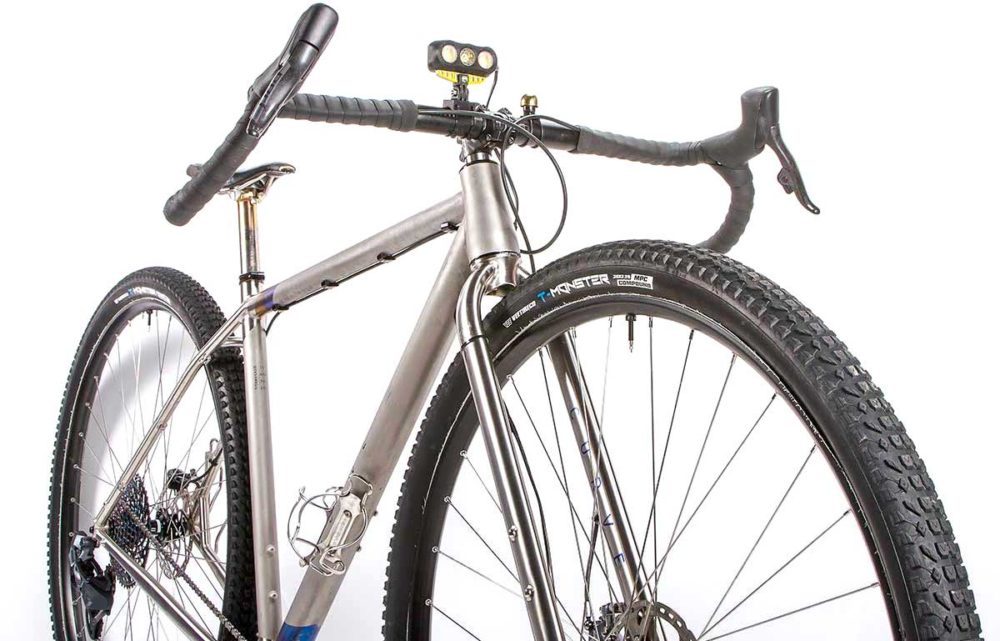
One of the downsides to a bike with wagon wheels is the weight.
Even using titanium for the frameset, carbon rims and a top-of-the-line SRAM drivetrain – it’s still 18kg/40lb. But given that Australia is flat through the centre, the weight should make almost no difference to your average cycling speed.
A bike like this is never going to be agile on trails, is limited by tyre options and will no suit shorter riders for obvious reasons. It’s also very terrain-specific.
But given I’m 198cm/6ft6 and I love to head out into the desert, this kind of gravel bike could be right up my alley.
Mahall Expedition Series Gravel Bike

I recently stumbled across Mahall Bikeworks and their semi-custom expedition gravel bikes. This is a bike that has been designed around 500mm chainstays, which are about 10-15% longer than a typical bike.
There are two big advantages to having longer chainstays:
(1) The longer wheelbase provides more stability at speed, which will keep your bike more composed on rougher terrain.
(2) You can more comfortably climb steeper gradients with the longer chainstays. This is because the looping angle at the back of the bike increases, meaning your front wheel will stay planted, even on the steepest ascents.
There are disadvantages to long chainstays too, but they are significantly reduced when a bike is loaded up with luggage.
Shorter chainstays are usually preferred on both mountain and road bikes. They make a bike feel more nimble when making quick direction changes, for example, when riding on singletrack, or changing your position in a peloton. And a particularly big advantage when cycling off-road is that short chainstays make your front wheel easier to lift over obstacles.
As technical singletrack makes up on a tiny percentage of most bikepacking trips, long chainstay bikes with their ability to climb well and offer extra stability, are a great direction for the industry to go, in my opinion.
It’s great to see Mahall Bikeworks joining the long chainstay ranks, along with Rivendell and Jones. A handful of European touring bike manufacturers are running 470-490mm chainstays too.
To learn more about chainstay length, dive into my Frame Geometry Masterclass.
KHS Grit 330
The KHS Grit 330 is a nice carbon gravel bike, but it’s the drivetrain that really caught my attention.
If you have the proclivity to ride on steep gravel roads like me, you’ll know that most gravel bikes do NOT have appropriately low gear ratios. You end up dropping your pedalling cadence significantly on anything long and steep, resulting in the rapid fatigue of your muscles.
And this issue is only exacerbated further when your bike is loaded up with a bunch of gear.
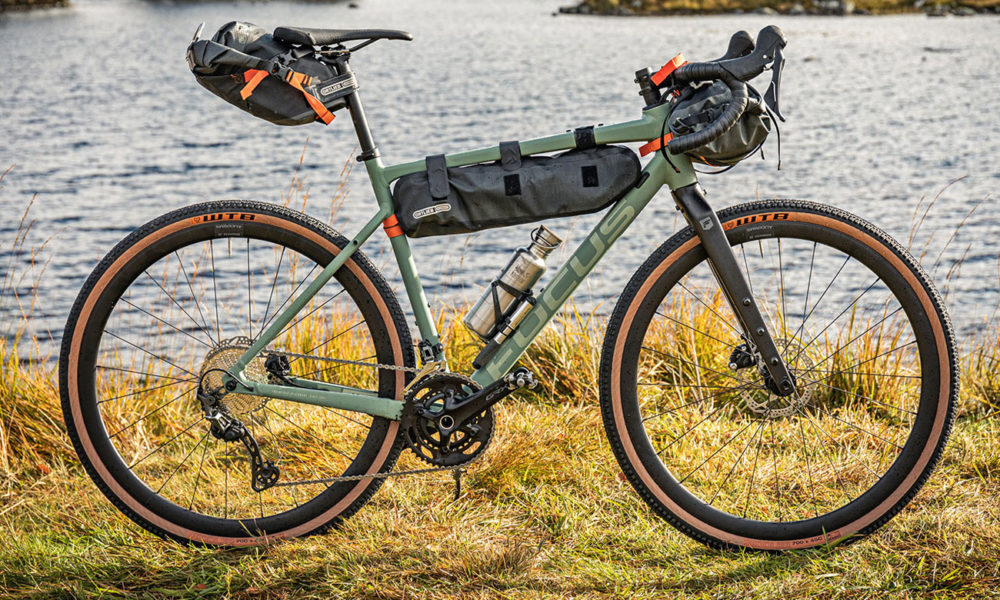
So, why not just be a hero and push harder?
Big gear ratios are simply not efficient for cyclists.
The key to riding comfortably in the hills, and more importantly, enjoying yourself – is to not overexert yourself when you ride.
By using appropriately low gear ratios, you will find you can climb at the same pedalling cadence (RPM) and push the same amount of power into the pedals as when you’re riding on a flat road (mechanical advantage is your friend).
According to the data from my Bikepacking Bike Buyer’s Guide, the average climbing gear across all 700C gravel bikes is 26 gear inches. In order to make this bike a climbing machine, KHS has paired 46/30t front chainrings with an 11-36t tooth cassette. The result is a low gear of 23 gear inches, which is 11% lower than average.
More gravel bikes with a 23″ climbing gear: Bergamont Grandurance, Jamis Renegade S3, KTM X-Strada, Litespeed Watia, Norco Search XR S2, Obed Boundary, Rock Machine Gravelride, Specialized Diverge Elite.
See more modern low gear ratio 2X drivetrains HERE.
Learn about why hills are not harder than cycling on the flat HERE.
Learn how to calculate the steepest hill you can ride up HERE.


